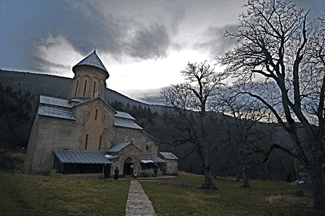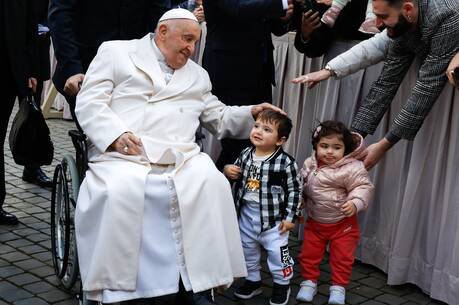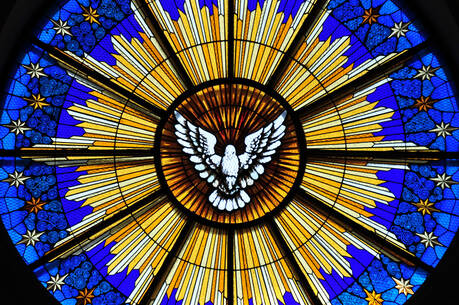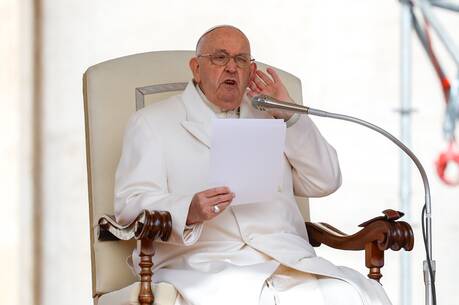I first heard about the Kintsvisi monastery in the summer of 2008, while working as a photographer covering the Russian invasion of Northern Georgia. My Georgian friends, who took part in the war, told me about a remote monastery that had been active since the 11th century, except during the Communist era. Intrigued, I tried to make time to visit, but was busy covering the short, intense conflict. Still, I wanted to see firsthand this pure form of Orthodox monasticism that has survived almost untouched for 16 centuries, thanks to the monks’ resilient sense of tradition.
In December 2009 I had an opportunity to visit. With some good contacts, I hoped to obtain permission to photograph the monks’ lives. After a few days, I received permission to visit and was driven to a remote portion of the Kartli region, not far from the frontline with South Ossetia.
The monastery, situated high in the mountains, clings to the side of a steep embankment. From a ravine, a single road winds up the mountains and leads to a large, three-story building. A young monk greeted me, showed me around and explained how the monks were able to raise funds to build these buildings in such a precarious physical position, which are designed to accommodate visitors and worshipers. Soon after, I was introduced to the abbot of the monastery, an austere-looking, 40-year-old man. It took him a while to grant my request to take photographs, since the monks’ lives are lived largely in secrecy and with respect for their contemplative Orthodox tradition, which dates to the fourth century. Finally, I was allowed to begin photographing.
Most of the monks were shy, which made my work even more difficult; most would walk away as they saw me approach to take a shot. After Ireturned regularly for several days, however, they grew accustomed to me and allowed more access. I recorded their routine: eating, meditating, praying or resting inside their cells.
I was amazed by their silence and strict daily order, which begins with prayer at 3 a.m., followed by supplemental rest and food. The monks work throughout the entire day—baking bread, cultivating vegetables and raising fish in a nearby tank—until night prayer.
These ancient activities, and the 12th-century murals, evoked in me a deep feeling of attachment to the riches of Christian civilization. Kintsvisi comforted me through its message that its religious ideals have survived the greatest of adversities, only to thrive and remain a powerful spiritual and cultural force.
View a slideshow of photographs from the Kintsvisi monastery.









Very inspiring article;disappointing not to be able to access the "slideshow of photographs".....which I am sure I will see when the magazine arrives.Is it my glitch or yours????
Same comment as Betsy. I was so disappointed the link did not open to the slide show.....
Try this: http://www.americamagazine.org/content/slideshows/kintsvisi/index.html